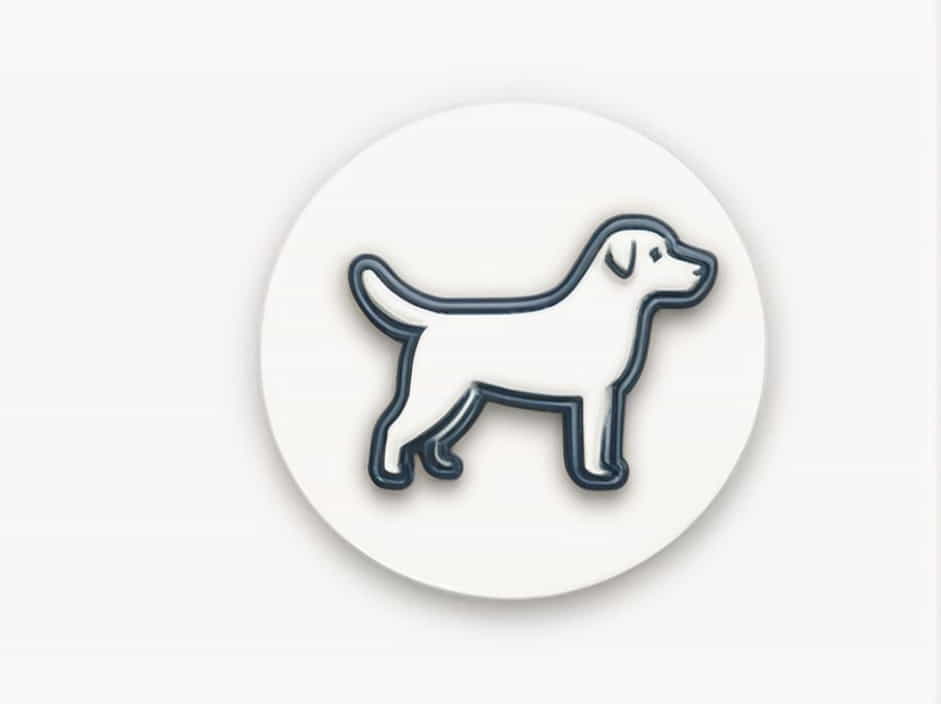A torn ACL (anterior cruciate ligament) is a common injury in dogs that affects their ability to walk. Many pet owners first notice something is wrong when their dog limps, refuses to put weight on a leg, or walks with a wobble. In some cases, videos of dogs walking with a torn ACL can help owners recognize the signs early and seek treatment.
This topic will explain how to identify an ACL injury in dogs, available treatment options, and how to support your pet’s recovery.
What Is a Torn ACL in Dogs?
The ACL (anterior cruciate ligament) in dogs is called the cranial cruciate ligament (CCL). It is a key ligament that stabilizes the knee joint. When it tears, dogs experience pain, instability, and difficulty walking.
ACL tears can occur suddenly due to trauma or injury, but they can also develop gradually because of degeneration over time.
Causes of ACL Tears in Dogs
- Sudden twisting motions (e.g., chasing a ball and changing direction quickly).
- Jumping from high places and landing awkwardly.
- Obesity, which puts excess stress on the joints.
- Genetic predisposition in certain breeds like Labrador Retrievers, Rottweilers, and Bulldogs.
Symptoms of a Torn ACL in Dogs
A dog with a torn ACL will show clear signs of discomfort, and watching their movement can help determine if they need medical attention.
Signs to Look For:
- Limping or Lameness – Your dog may refuse to put weight on one of their back legs.
- Sudden Pain or Yelping – The injury is painful, and your dog may cry out when moving.
- Instability in the Knee – The leg may look weak or wobbly when they try to walk.
- Sitting Abnormally – Some dogs sit with one leg extended sideways.
- Swelling Around the Knee – Inflammation occurs due to joint instability.
- Difficulty Standing Up – Especially after resting for long periods.
Video Clues: How a Dog Walks with a Torn ACL
If you see a video of a dog walking with a torn ACL, you will notice:
- A pronounced limp in one of the back legs.
- Hopping or skipping motions to avoid putting pressure on the injured leg.
- Dragging the affected leg slightly when moving.
- Slower movements and reluctance to walk long distances.
How Veterinarians Diagnose an ACL Tear
If your dog is showing symptoms of an ACL tear, a veterinarian will perform a physical exam and joint tests. They may also recommend:
- X-rays to check for joint damage and arthritis.
- The Drawer Test, where the vet moves the knee joint forward and backward to assess ligament stability.
- MRI or CT scans (in severe cases) to confirm ligament damage.
Early diagnosis is important because an untreated ACL tear can lead to arthritis and long-term mobility issues.
Treatment Options for Dogs with a Torn ACL
The treatment for a torn ACL in dogs depends on the severity of the tear, the dog’s size, and activity level.
1. Surgical Treatment
Surgery is often recommended for large or active dogs because it provides the best chance of full recovery. The three main surgical options are:
- TPLO (Tibial Plateau Leveling Osteotomy): Changes the angle of the knee to stabilize movement.
- TTA (Tibial Tuberosity Advancement): Shifts the knee’s biomechanics to reduce stress on the ligament.
- Lateral Suture Stabilization: A less invasive technique using sutures to mimic the ligament’s function.
2. Non-Surgical Treatment
For small dogs or those who are not good candidates for surgery, conservative management may be an option. This includes:
- Rest and Restricted Activity – Limiting movement to prevent further damage.
- Weight Management – Reducing strain on the knee joint.
- Pain Medications – NSAIDs (like Rimadyl or Carprofen) to reduce inflammation.
- Joint Supplements – Glucosamine and chondroitin to promote joint health.
- Physical Therapy – Hydrotherapy and controlled exercises to strengthen muscles.
- Knee Braces – Provide additional support during healing.
Helping Your Dog Recover from an ACL Tear
Post-Surgery or Conservative Recovery Plan
Recovery from an ACL tear takes weeks to months, and proper care is essential.
1. Controlled Rest and Limited Activity
- Avoid jumping, running, or playing for at least 6-8 weeks.
- Use crate rest or confined space to prevent sudden movements.
- Short, slow walks on a leash only.
2. Physical Therapy and Rehabilitation
- Hydrotherapy (underwater treadmill) helps dogs regain strength with low impact.
- Gentle stretching and massage can reduce stiffness.
- Gradual increase in activity under veterinary guidance.
3. Nutrition and Joint Support
- High-quality protein and omega-3 fatty acids support healing.
- Joint supplements with glucosamine and MSM can promote cartilage repair.
- Maintain a healthy weight to prevent further knee stress.
Can a Dog Walk Normally Again After an ACL Tear?
Recovery Expectations
With proper treatment, most dogs regain good mobility and can resume normal activities. However, full recovery depends on:
- Age and weight (younger, lighter dogs heal faster).
- Severity of the tear (partial tears recover better than full ruptures).
- Treatment approach (surgery leads to faster and stronger recovery).
Long-Term Considerations
- Dogs with an ACL tear in one leg have a higher risk of tearing the other leg later.
- Arthritis may develop in the injured joint, requiring lifelong joint care.
- Regular vet check-ups, joint supplements, and controlled exercise can keep them active.
A torn ACL can be a painful and limiting injury for dogs, but early diagnosis and proper treatment can make a huge difference. If you notice limping, instability, or reluctance to walk, seek veterinary advice immediately.
By understanding the symptoms, treatment options, and recovery process, you can help your dog return to a happy, active life after an ACL tear.
Powered by # ChatGPT Conversation
User: Sen Vhu ([email protected])
Created: 9/3/2025, 10.34.21
Updated: 9/3/2025, 11.59.50
Exported: 13/3/2025, 16.07.53
